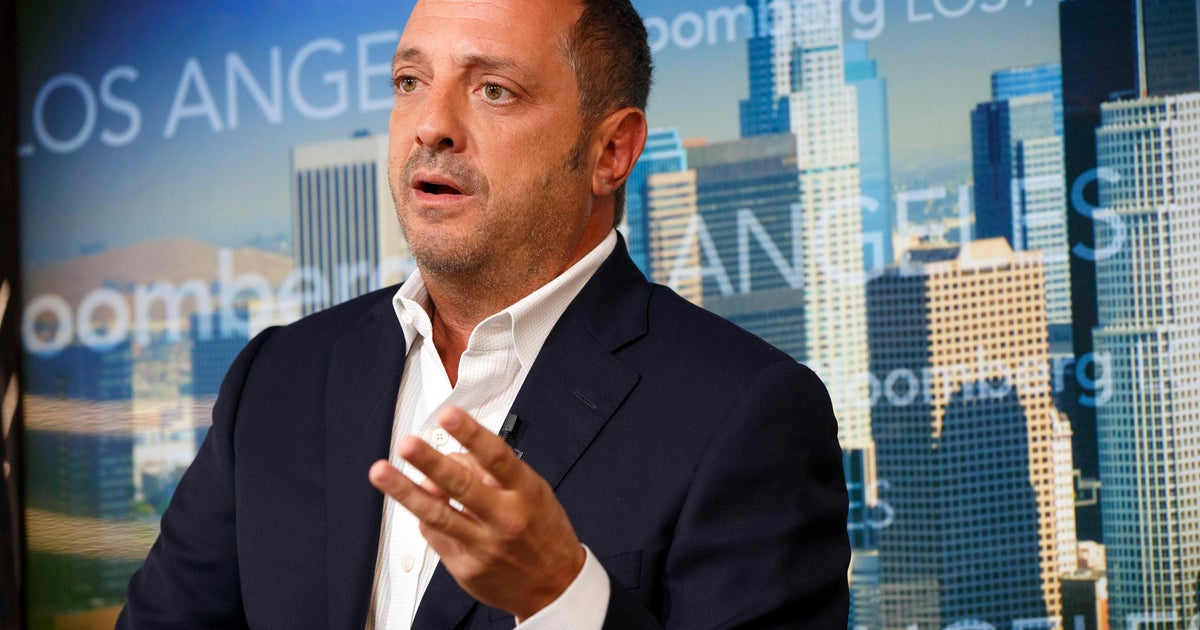When do student loan payments resume? Here's what today's Supreme Court ruling means for the repayment pause.
The finances of about 40 million Americans with college loans may take a hit now that the Supreme Court has struck down President Biden's plan to forgive up to $20,000 per person in student debt.
Borrowers are now facing a double whammy this summer because the high court invalidated the plan just before the pause on debt repayment lifts in September. That means borrowers will need to start repaying their loans on September 1 without any debt relief, experts note.
The Biden plan, announced last August, was aimed at wiping out the student-loan debt of 20 million Americans, while lowering the balances of 20 million others who qualified for the relief. On Friday, the court's conservative majority found that federal law does not authorize the program to wipe out nearly half-a-trillion dollars in debt.
With repayments resuming without any debt relief, more than 12 million borrowers could find it difficult to make their payments, according to a new analysis from the Financial Health Network.
"Obviously the news today is disappointing, but it's time — the loans are going back into repayment," said Stacey MacPhetres, senior director of education finance at EdAssist by Bright Horizons. "Get organized, and take the steps to find out what is available out there."
About 16 million people were approved for Mr. Biden's debt forgiveness plan before the program was halted last year due to legal challenges. Another several million people had also applied but weren't approved before the program was halted.
Here's how to prepare.
Is Biden planning another way to forgive debt?
Yes. Mr. Biden on Friday announced his administration is pursuing a "plan B" for debt forgiveness through the Higher Education Act. The president said his goal is to "compromise, waive or release loans under certain circumstances," although the details aren't yet known and Biden warned that the process "will take longer."
The president also announced that his administration is creating a 12-month "on-ramp repayment program" to kick in when student loan payments resume in the fall. Beginning Oct. 1 and lasting for a year, the Department of Education won't refer borrowers who miss payments to credit agencies or consider them delinquent, the White House said.
While that doesn't take away the need to make payments, it lessens the credit hit from potentially missing them.
"Monthly payments will be due," Mr. Biden said. "If you can pay your monthly bills, you should."
How does the ruling impact debt repayments?
The resumption of debt repayments was going to happen on Sept. 1, no matter what the Supreme Court ruled, experts noted.
And Mr. Biden's plan B could take months to enact, which means borrowers should plan on starting repayments, without any debt relief, in September.
The Supreme Court ruling impacts repayments because borrowers will have to restart their payments based on their full balance, without the benefit of up to $20,000 in debt relief.
Figure out which servicer has your loan
Student-loan repayments are slated to restart on September 1 under the deal negotiated by the Biden administration and lawmakers, which was signed into law earlier this month.
That comes after repayments were put on hold, and interest rates set to 0%, starting in March 2020 due to the pandemic. In other words, millions of Americans with student loans haven't had to make a payment in more than three years.
The first step in preparing to resume repayments is to log into your account at the Federal Student Aid website, which will tell you which servicer is handling your loans. Some people may learn that their servicers have changed since March 2020, said Michele Shepard, senior director of college affordability at The Institute for College Access & Success, an advocacy group for affordable higher education.
Next, make sure you can log into your account with the servicer.
"It's as simple as making sure you have the information to log into your student loan account," she noted. "We are hearing people haven't had to log in for a few years and can't remember how to log in, and then they have to call someone and there is an hour-long hold to reset their password."
Check your balance and payment amount
Next, figure out what your balance is and how much you'll be on the hook for in September.
"Look at your loan status, your interest rate, and see what is your repayment plan. Do that as much as possible in advance," Shepard advised. "You won't regret being prepared."
Sit down with your budget
It might be a shock to see how much you'll be repaying in September, especially for young professionals who graduated during the pandemic and haven't yet had to make a loan repayment, MacPhetres noted.
"There are 120 equal payments, and that can be extraordinarily overwhelming, if you are paying rent, car loans and for your cell phone and then you see this large amount that you have to repay that you haven't had to repay," she said.
Examining your spending can help you get a handle on your ability to repay your loans, which could also help determine whether you should look at an income-driven repayment plan, experts say.
Consider switching your repayment plan
It might make sense for some borrowers to switch to a different type of repayment plan, depending on their financial situation, Shepard noted.
For instance, an income-driven repayment plan, or IDR, can be helpful because they peg borrowers' payments to their monthly income. About one-third of all borrowers are enrolled in an IDR, according to Pew Research.
Student debt holders can use a loan simulator at the Federal Student Aid site to figure out which plan is best for them.
The most generous plan is called the Revised Pay As You Earn, or REPAYE, program, which was first introduced in 2016. The Biden administration is overhauling the program to add more borrower-friendly terms, but that overhaul isn't yet complete, Shepard noted. Even so, the REPAYE plan could work for some borrowers.
"The only real downside is because your monthly payments are lower, you could pay more over the life of the loan because your interest will be accruing," she noted.
See if you qualify for Public Service Loan Forgiveness
Some workers may qualify for a program that offers loan cancellation after 10 years of regular payments, called Public Service Loan Forgiveness.
This program is available to people who work for a government agency or a nonprofit. You can search for whether your employer is eligible here.
The program was known for its byzantine restrictions and rules, but it has been streamlined and overhauled, which means some people who previously didn't think they were qualified should check again, according to MacPhetres.
"The application process is streamlined and online now," she said. "We heard, 'I applied once and didn't qualify,' but we are encouraging them to reapply."



